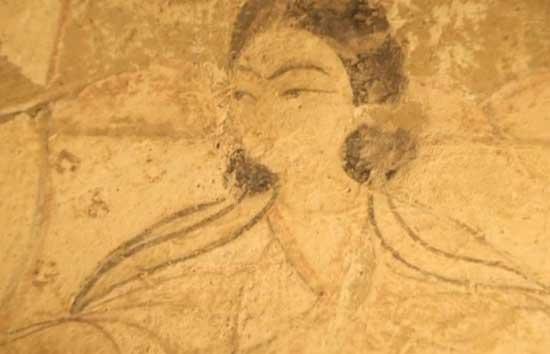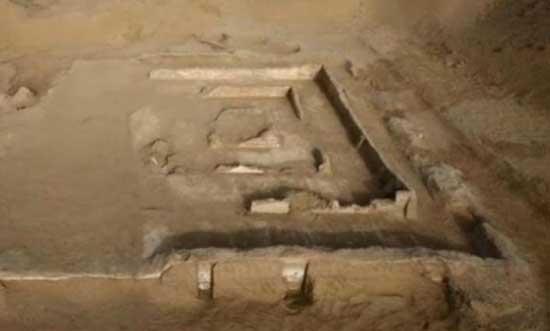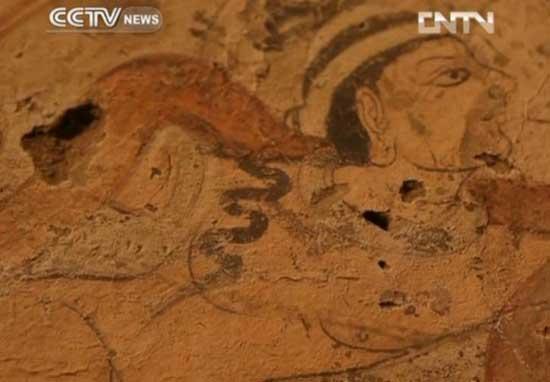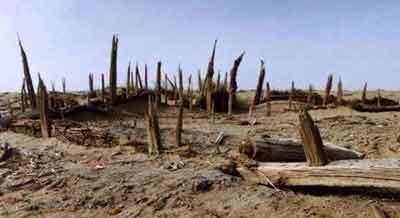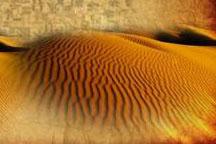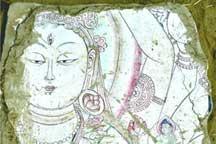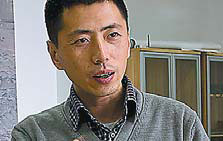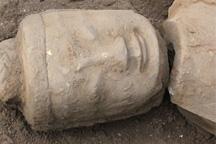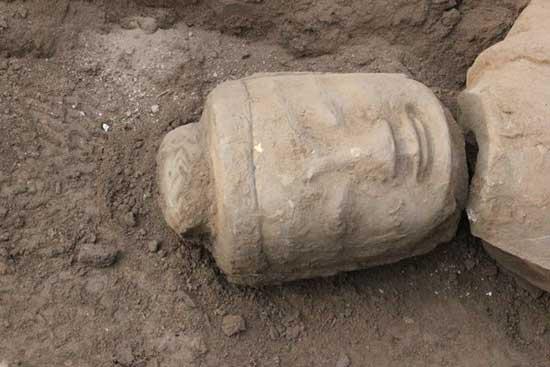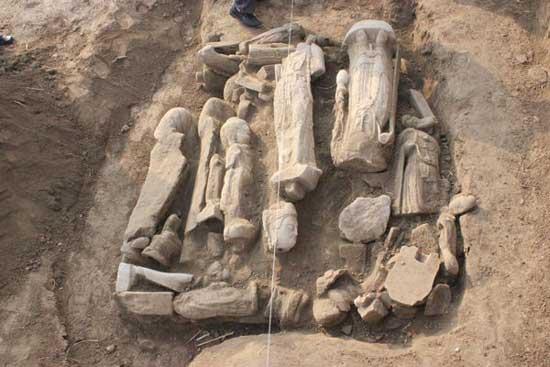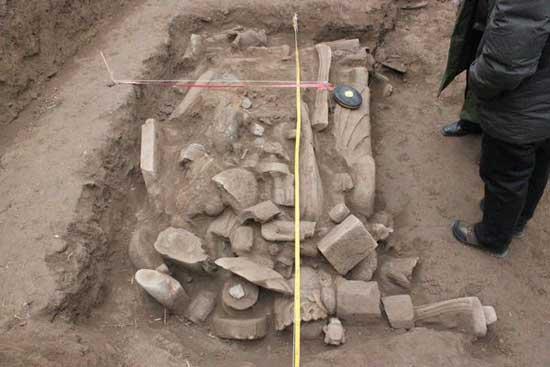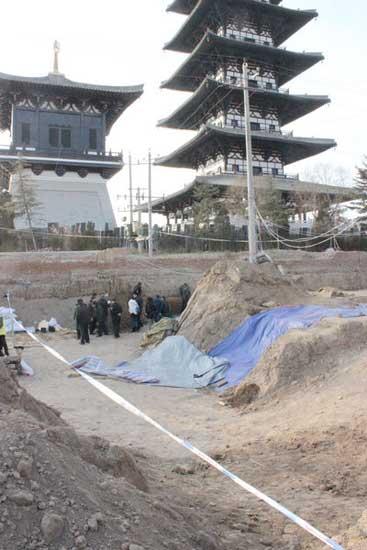An English participant in the Japanese exploration of Central Asia: The role of A. O. Hobbs in the third Otani expedition
(Imre Galambos)
(Imre Galambos)
In I. F. Popova, ed., Russian Expeditions to Central Asia at the Turn of the 20th Century.St. Petersburg: Slavia, 2008: 188-202.
———
“The history of the exploration of the Silk Road is pieced together into a narrative from the stories of great explorers and scholars who acquired magnificent collections, today housed in leading museums and libraries worldwide. Many of these explorers, like Sergei Oldenburg, Sven Hedin and Marc Aurel Stein, were at the center of public attention at the time and their names are still well known today. However, we tend to forget that these great personalities never worked alone but had many, mostly locally hired, assistants who worked under their supervision, travelling through the same distances and seeing the same things as their employers.
“Among the “supporting actors” who contributed to the exploration of the Silk Road early in the 20th century, A. O. Hobbs (1892-1911) stands out as a special case. Albeit a British citizen, he accompanied Tachibana Zuicho, a Buddhist priest from Japan, on an ambitious expedition to Chinese Turkestan and thus contributed to further growth of Japanese collections…
– Read the entire article here: An English participant in the Japanese exploration of Central Asia: The role of A. O. Hobbs in the third Otani expedition
1911: Funeral of Swindon man Orlando Hobbs in Kashgar, Chinese Turkestan
Source: Scan from The Swindonian.
Ref: Autumn Term 1911, Vol. 1 (no.8), pp.118-119.
Date: 1911.
Photographer: Unknown.
Repository: Swindon Collection, Central Library.
www.swindon.gov.uk/swindoncollection
Ref: Autumn Term 1911, Vol. 1 (no.8), pp.118-119.
Date: 1911.
Photographer: Unknown.
Repository: Swindon Collection, Central Library.
www.swindon.gov.uk/swindoncollection


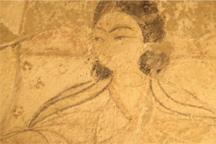
 Play Video
Play Video